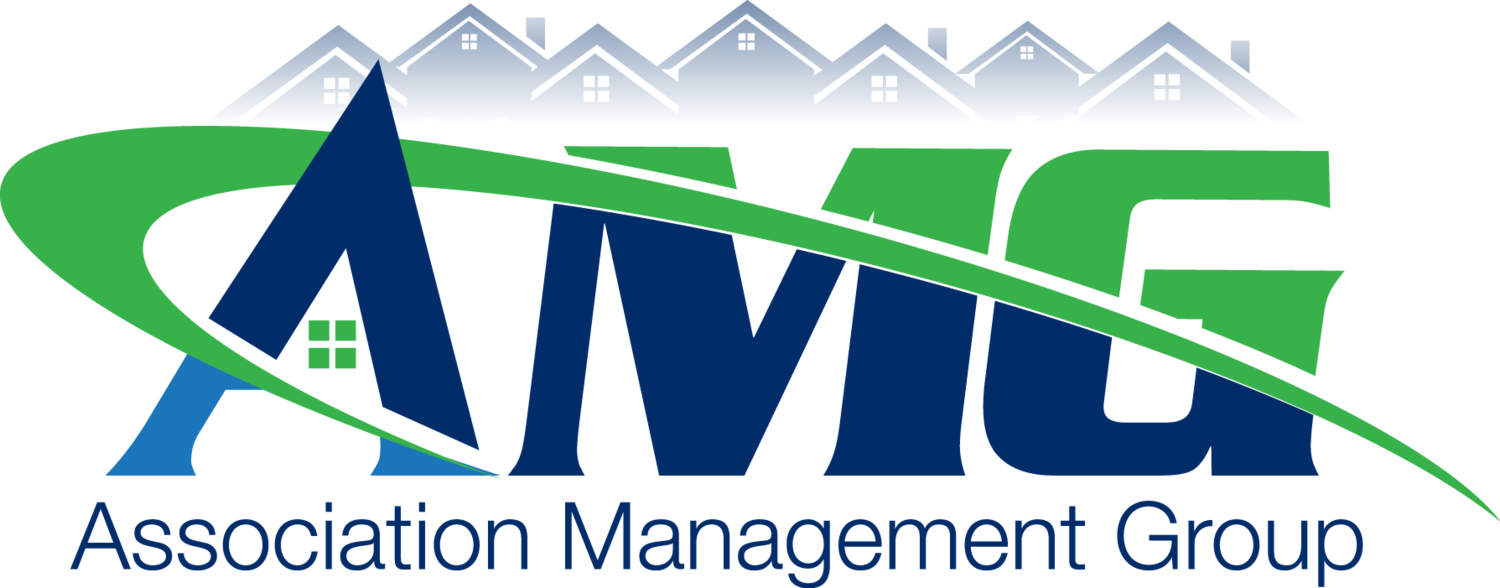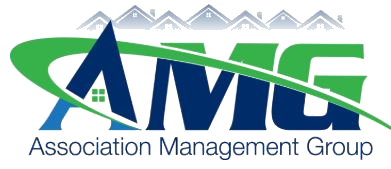How to Prepare your Home for the Spring Season
/Spring is right around the corner, and for most home owners it’s an exciting time to get your home ready. In the winter time, many portions of your home are neglected or aren’t used as often because of home owners staying inside their homes.
From the interiors of your home to the exterior, getting your home ready for spring will ensure you’ll be ready to enjoy the warmer weather once it hits. It is important to space out your maintenance chores so that when spring arrives, you will be able to enjoy the season!
Replace Filters
Replace all your filters including water, range hood and air vent filters. You should replace these filters every 3-6 months depending on the type of filter you have.
Test All Smoke Alarms
Test smoke alarms and CO detectors and change out batteries as needed. It's cheap, only takes a few minutes and can save your family's lives.
Check Your Foundation Vents
A house with a crawl space has vents along the foundation walls. The vents provide air circulation that helps prevent excess moisture and mold growth, and they prevent critters from taking up residence underneath your home. The screens collect leaves and other debris from fall and winter. Clean these vents by hand or use a shop vacuum. Repair any damaged screens — critters can get through even the smallest holes.
Clear Your Gutters’ Downspouts
Dirty gutters are an eyesore and a liability not only for you but for potential buyers, as well. Cleaning your gutters will take roughly 15-30 minutes but will save you money in the long run. You can avoid flooding during spring rains by clearing gutters of all rubbish using a ladder, a small hand rake, and a hose.
Prepare Your Garden
Throughout the fall and winter, your garden can be exposed to the elements and what’s left behind from storms. “You want to first start by clearing all of your garden beds and lawn of broken branches, leaves, and other debris that have collected.
Pull out those tools that have been sitting around all winter. “It’s almost time to use your tools again, so you want to make sure they are ready for the job,” says Lambton. “Clean off the tools with soap and water, and use mineral spirits on wood handles. The mineral spirits will help prevent the wood from splintering. I clean my tools every spring and fall, or if they are especially dirty.”
Check Exterior Roof for Damage
Check your roof for any exterior damages. If you notice faulty shingles or other areas of concern, you need to consult a professional to have the issue repaired immediately. Any roof damage will quickly develop into a huge problem when you receive April showers in undesirable places.





































